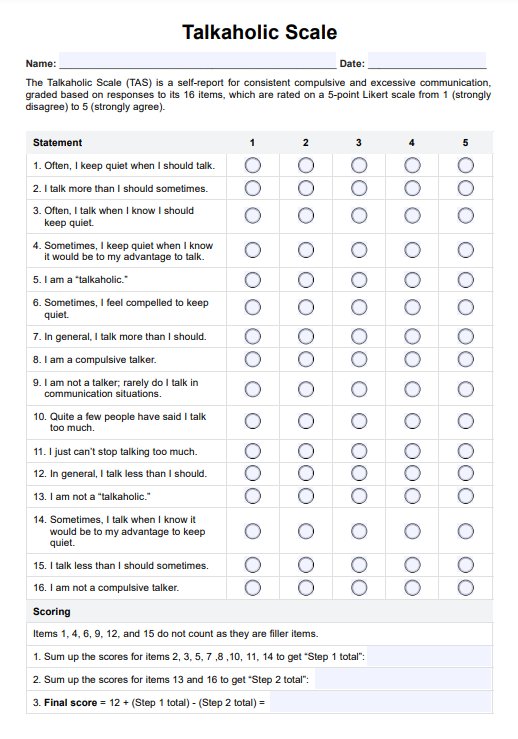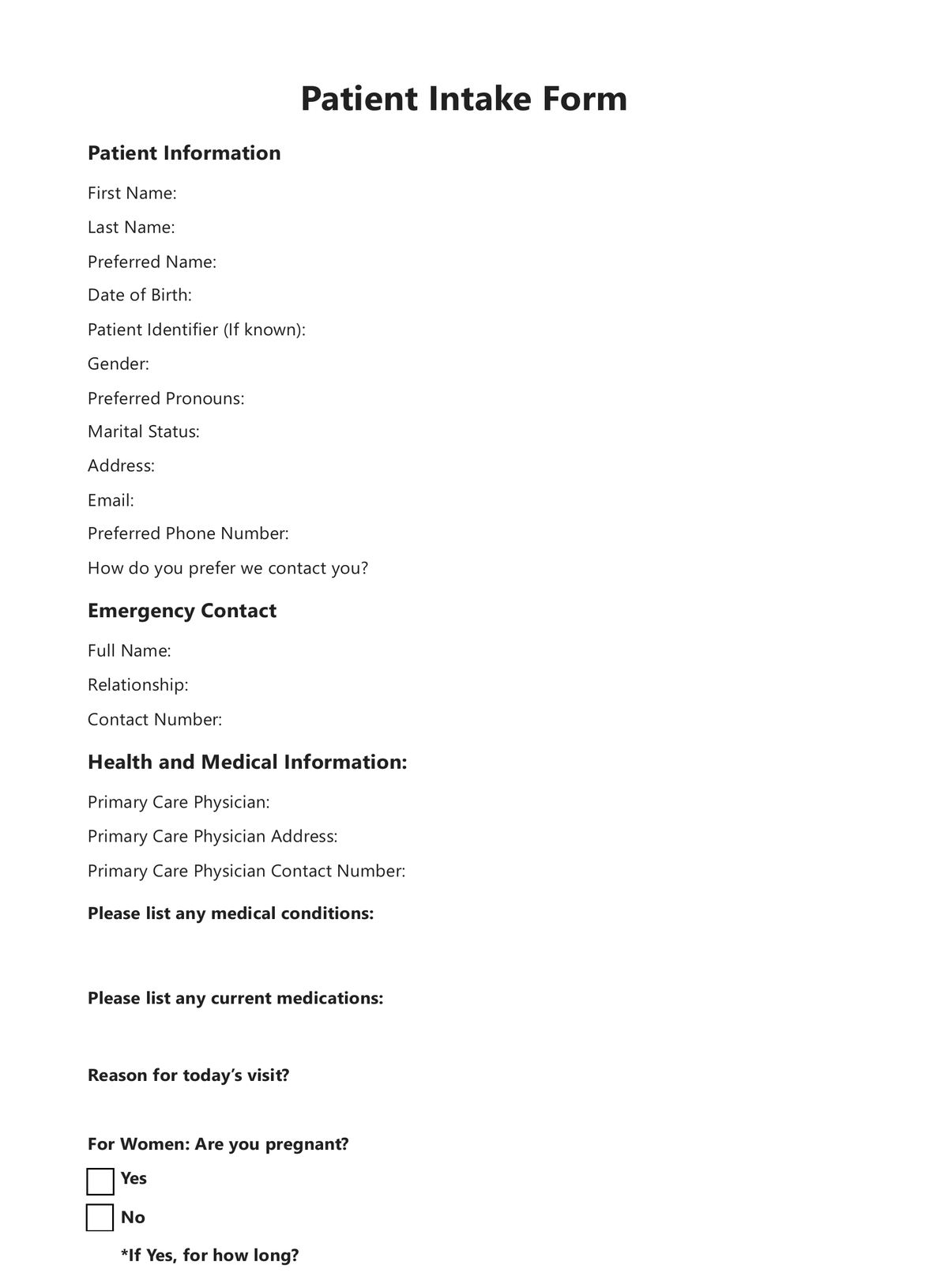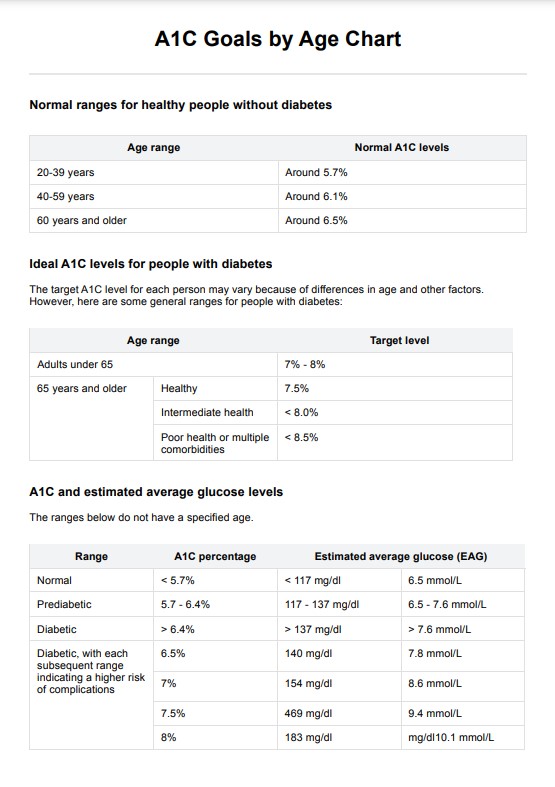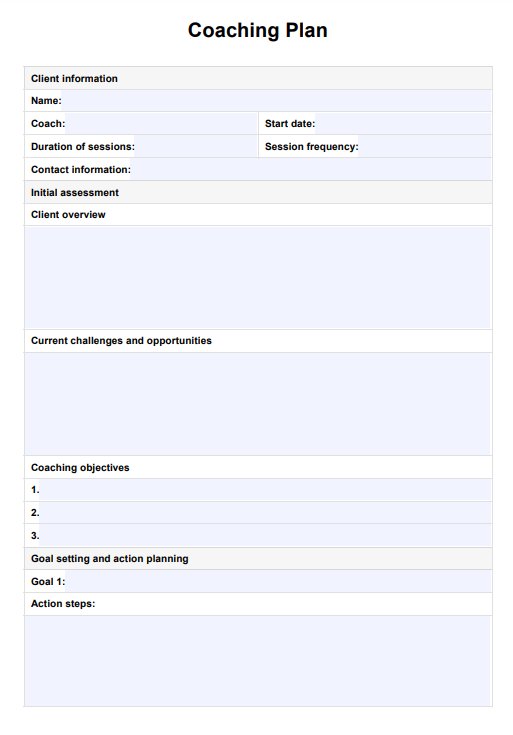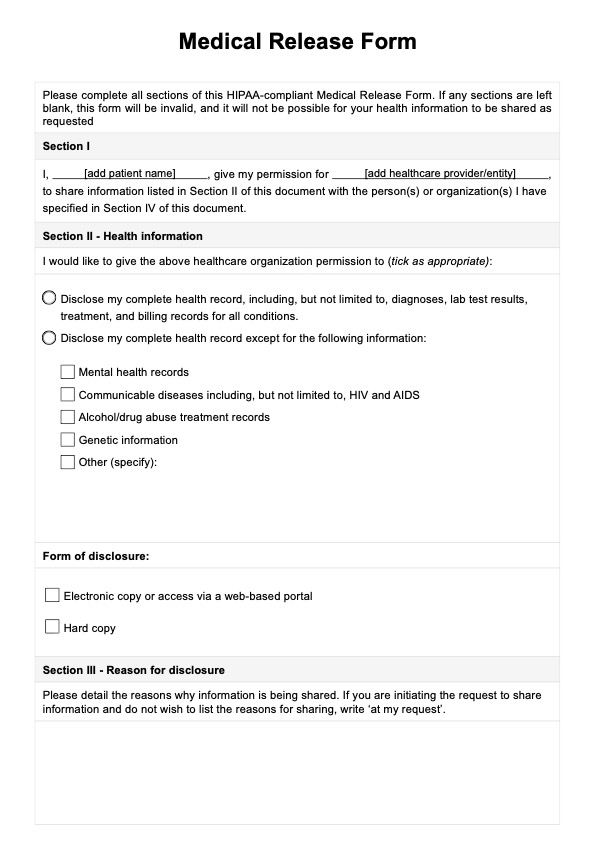Workout Form
Master the proper way to exercise with the Workout Form. Avoid serious injury and achieve your fitness goals effectively. Start your journey now!


What is a proper Workout Form?
Proper workout form is the foundation of any effective exercise regimen, regardless of whether you're engaging in weight training, strength training, or aerobic activity. It includes precisely executing a movement to achieve optimal results and prevent injuries. Maintaining correct alignment and technique throughout each exercise, whether at the gym or at home, should be necessary. Failing to adhere to proper form can lead to strains, sprains, and other injuries that may impede progress and hinder overall health.
When performing exercises with proper form, you focus on engaging the targeted muscles without placing undue stress on surrounding joints or tissues. This not only maximizes the effectiveness of your workout but also reduces the risk of overuse injuries. For most people, this means starting with lighter weights and gradually increasing resistance as strength and technique improve. Additionally, proper form extends beyond just lifting weights as it applies to every aspect of fitness, including cardiovascular activities and bodyweight exercises.
By prioritizing proper form in your workouts, you strengthen your body and safeguard your health in the long run. Whether you're a seasoned athlete or a newcomer to fitness, investing time and effort into mastering proper form can lead to more significant gains and fewer setbacks.
Workout Form Template
Workout Form Example
What is the importance of keeping proper form when working out?
Previously, we've highlighted the significance of proper workout form, emphasizing its crucial role in effective exercise routines. Here are five key reasons why maintaining proper form is essential:
- Optimal muscle engagement: Proper form ensures that the targeted muscles are effectively activated during each exercise, maximizing the benefits of resistance training.
- Reduced risk of injury: By maintaining correct alignment and starting positions, individuals can minimize the strain on joints and muscles, lowering the risk of injury.
- Focus on major muscles: Correct form directs the workload to the intended major muscles, preventing compensatory movements that can limit gains and increase the risk of overuse injuries.
- Consistent tension: Proper form throughout the entire range of motion helps maintain consistent tension on the muscles, promoting muscle growth and strength development.
- Improved performance: When a person performs exercises properly, they can lift heavier weights or perform more repetitions safely, ultimately improving overall performance and results.
How do you work out with good form?
Understanding how to work out with good form is essential for maximizing the effectiveness of your exercise routine. Here's how to ensure proper form during your workouts:
Use your body weight
When using your body weight for exercises like push-ups, squats, and lunges, ensure your movements are controlled and deliberate. Maintain proper alignment and engage the target muscles throughout each repetition. Gradually increase the intensity by adjusting the difficulty of the exercises or increasing the number of repetitions.
Maintain good posture
Maintaining good posture is crucial when lifting weights, performing bodyweight exercises, or doing cardio. Keep your spine aligned, shoulders relaxed, and core engaged to minimize stress on your joints and maximize muscle activation. Regularly check your posture in a mirror or seek feedback from a trainer to ensure proper alignment.
Make your muscles do the work
Focus on engaging the specific muscles each exercise targets rather than relying on momentum or assistance from other muscle groups. Control the movement through the full range of motion to effectively target muscle groups and maximize exercise benefits.
Put your mind into the workout
Stay mentally focused and present during your workout to maintain proper form and technique. Concentrate on your working muscles and visualize them contracting and lengthening with each repetition. Connecting your mind to your muscles can improve muscle activation, enhance proprioception, and reduce the risk of injury.
Maintain proper breathing
A proper breathing pattern ensures sufficient oxygen supply to your muscles, enhancing endurance and preventing premature fatigue. Focusing on steady breathing also helps maintain focus and control throughout your workout. This is most important during a weight training program.
Perform a full range of motion
Executing exercises through their full range of motion involves moving the joint through its complete arc, from the starting position to the end position and back. This allows for maximal muscle activation and development while promoting joint health and flexibility. Performing exercises with a full range of motion also helps prevent muscle imbalances and reduces the risk of injury.
How to use this template?
Learning about proper workout form shouldn't be difficult. To effectively utilize the provided template, follow these comprehensive steps:
Step 1: Download the template
Download the Workout Form template provided in the link.
Step 2: Fill out personal information
Input details such as name, date of birth, gender, height, weight, medical history, current medications, fitness goals, exercise frequency, and preferred activities. Providing accurate information ensures tailored recommendations for your fitness journey.
Step 3: Complete the proper workout form checklist
Review and check off each item on the checklist. This checklist covers essential aspects of proper form, ranging from posture and breathing to equipment setup and progression, helping ensure safety and effectiveness during workouts.
Step 4: Review checklist
Refer to the items in the template, which offer insights into maintaining steady breathing, performing exercises through a full range of motion, and achieving muscle balance. Incorporating these into your routine enhances form, reduces injury risk, and optimizes results.
Step 5: Save and refer back to the completed form
Save the completed Workout Form document for future reference. Regularly review this form to track progress, maintain consistency in form, and make necessary adjustments to your workout routine as you strive towards your fitness goals.
Who can benefit from using this template?
Whether you're a fitness enthusiast, a beginner looking to start a workout routine, or a personal trainer guiding clients, this template offers valuable guidance for optimizing workout form. Here are five groups that can benefit:
- Individuals new to fitness: Newcomers can use the template to learn proper form, reducing the risk of injury and ensuring effective workouts.
- Experienced gym-goers: Seasoned individuals can use the checklist to fine-tune their form and maximize results.
- Personal trainers: Trainers can utilize the template to educate clients on proper form, enhance training programs, and promote client safety.
- Rehabilitation patients: Patients undergoing rehabilitation can follow the checklist to perform exercises safely, aiding recovery.
- Athletes: They can use the template to refine their form in specific exercises, optimizing performance and reducing the likelihood of sports-related injuries.
Common Workout Form mistakes
Starting a new fitness routine can be exciting, but sometimes we make mistakes without realizing it. These mistakes can slow down our progress and even cause injuries. Here are some of the most common mistakes people make when working out (Yeung, 2019; Valdez, 2020):
Elbows too high on the bench press
Raising your elbows too high during the bench press can strain your shoulders. Keep them at a moderate angle to engage chest muscles while minimizing shoulder stress.
Improper neck positioning
Improper neck positioning strains neck muscles. Maintain a neutral alignment with your spine during exercises to distribute weight evenly and reduce strain.
Heel striking while jogging
Running on heels increases joint impact. Land lightly on the balls of your feet to improve form, reduce joint stress, and maintain momentum efficiently.
Hunching back when performing pulling movements
Hunching during pulls limits effectiveness. Keep your back straight and shoulders down to engage muscles properly and prevent injury.
Not squatting low enough
Incomplete squats lessen effectiveness. Squat until thighs are parallel to the ground for optimal muscle engagement and joint stability.
References
Valdez, E. (2020, June 30). Master proper exercise form for better results. Blog - One Fitness. https://blog.onefitness.com/master-proper-exercise-form-for-better-results/
Yeung, A. J. (2019, April 17). 10 form mistakes you need to fix. Muscle & Fitness. https://www.muscleandfitness.com/workouts/workout-tips/10-form-mistakes-you-need-fix-now/
Commonly asked questions
Yes, proper workout form is crucial for maximizing results and preventing injuries.
Exercising with poor form can lead to an increased risk of injury, decreased effectiveness of workouts, and slower progress towards fitness goals.
You can ensure correct form by seeking guidance from a certified trainer, using mirrors for self-assessment, or recording yourself to analyze technique.


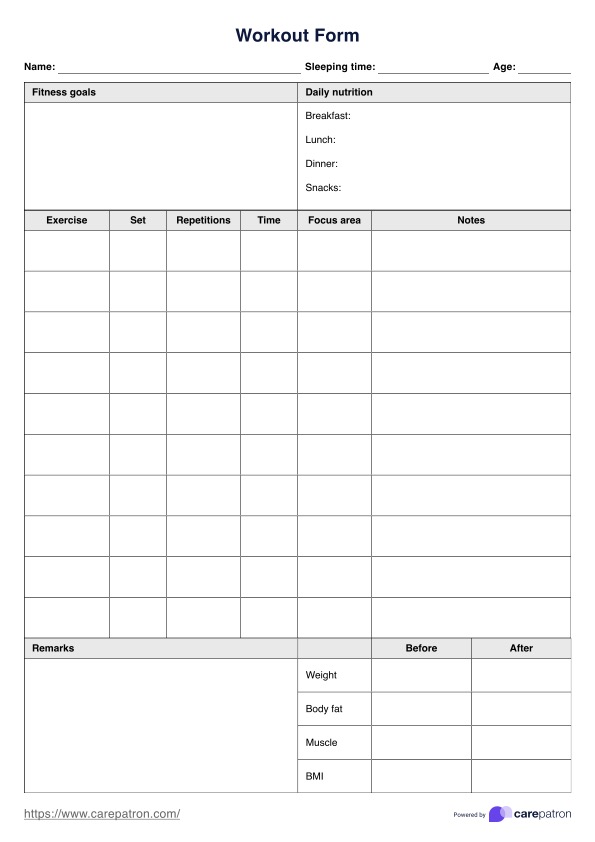
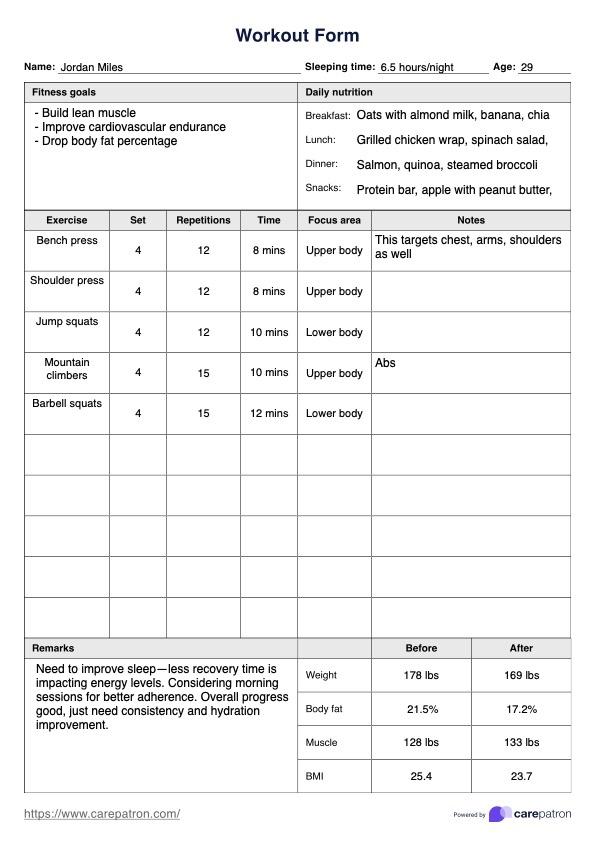

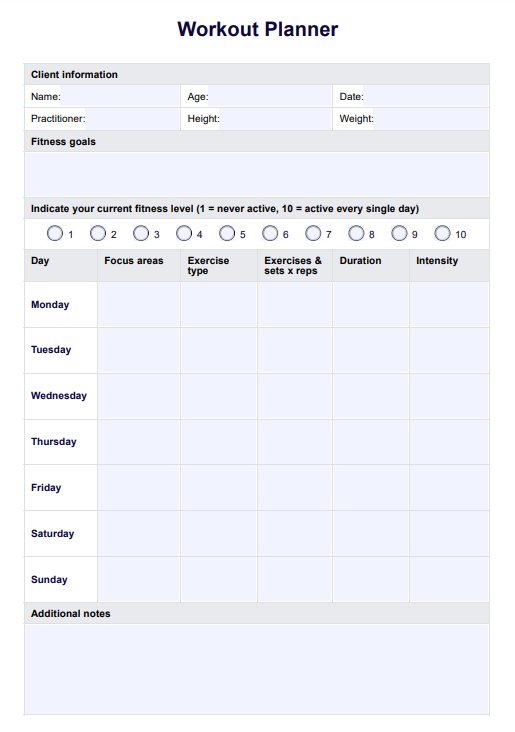















-template.jpg)

















































































